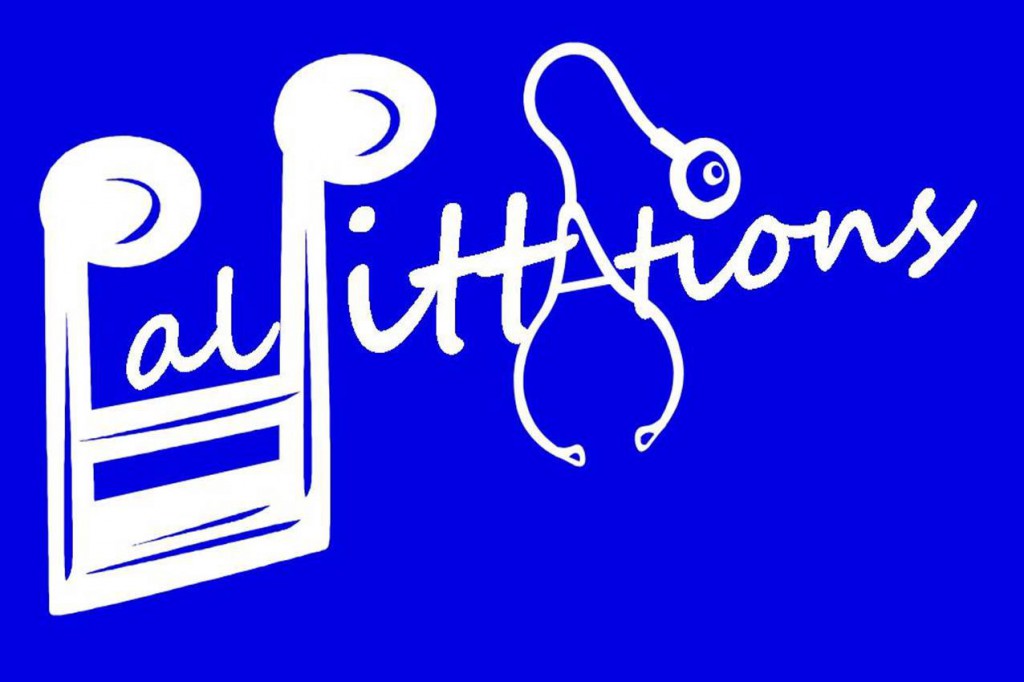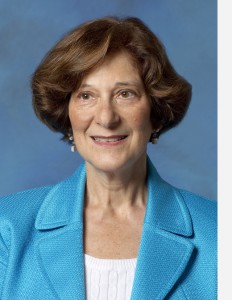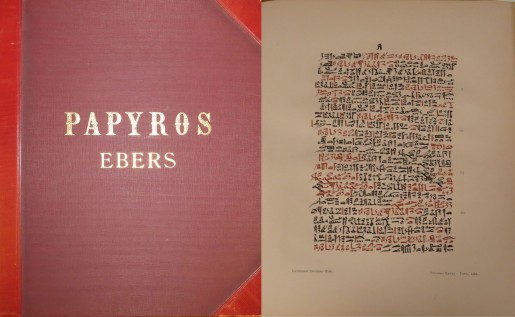The HSLS Staff News section includes recent HSLS presentations, publications, staff changes, staff promotions, degrees earned, etc.
News
Reference librarians Rose Turner and Linda Hartman were awarded the 2015 First Place MAC/MLA Research Poster Award for their poster, “Comparing CINAHL and Scopus Coverage of Allied Health Journals,” at the MAC/MLA Annual Meeting in Asheville, NC, October 18-20, 2015.
Publications
Author name in bold is HSLS-affiliated
L.A. Maggio, N. Durieux, and N.H. Tannery, HSLS senior associate director, published “Librarians in Evidence-Based Medicine Curricula: A Qualitative Study of Librarian Roles Training, and Desires for Future Development” in Medical Reference Services Quarterly, October-December 2015, 34(4): 428-40.
Presentations
Presenters’ names in bold are HSLS-affiliated
Michelle Burda, network & advocacy coordinator, NN/LM Middle Atlantic Region, presented “Adolescent Patient Experience and Health Information Literacy: Teaching Adolescents How to Evaluate Health Information” at the Health Care Education Association (HCEA) Conference in Indianapolis, IN, on October 16, 2015.
Lydia Collins, consumer health coordinator, NN/LM Middle Atlantic Region, presented several workshops: “Evidence-Based Practice and Health Information Resources for K-12 Health Professionals” at the Delaware County School Nurses Association Fall Conference in Springfield, PA, on November 3, 2015; “Encouraging Curiosity with NLM’s Online Toy Box: Free and Reliable Health and Science Resources for K–5 Students” and “Engage, Encourage, and Enable Health and Science Exploration through Literacy: Free Resources from the National Library of Medicine,” both at the National Science Teachers Association Philadelphia Area Conference in Philadelphia, PA, on November 13, 2015. Collins also presented “Creating a Culture of Health” at the Community Health Consortium for Central Jersey meeting in East Brunswick, NJ, on November 4, 2015.
Kate Flewelling, outreach coordinator, NN/LM Middle Atlantic Region, presented a workshop entitled “Evidence-Based Practice Literature Searching Skills” at Advancing Nursing: Developing Excellence in Evidence Based Practice and Research, Christiana Hospital, in Newark, DE, on November 6, 2015.
Barb Folb, public health informationist, along with Helena VonVille, presented “Systematic Reviews: Tools & Skills for the Background and Methods Sections of Your Review” at the American Public Health Association Annual Meeting in Chicago, IL, on October 31, 2015.


 Get into the holiday spirit by joining us for a holiday concert performed by the PalPITTations, an a capella vocal group of health sciences students from the University of Pittsburgh. The PalPITTations will perform on Friday, December 11, at noon, on the upper floor of Falk Library. Light refreshments will be served. All are welcome for this free concert.
Get into the holiday spirit by joining us for a holiday concert performed by the PalPITTations, an a capella vocal group of health sciences students from the University of Pittsburgh. The PalPITTations will perform on Friday, December 11, at noon, on the upper floor of Falk Library. Light refreshments will be served. All are welcome for this free concert.
 Natural Medicines is a broad-based, easily-navigated resource for information on dietary supplements, natural medicines, and complementary therapies. It merges Natural Standard and Natural Medicines Comprehensive Database into one resource, retaining features and functionality from both. The scope includes dietary supplements, natural medicines, and complementary, alternative, and integrative therapies. Effectiveness, safety, interactions, adverse effects, nutrient depletion, and pregnancy/lactation checkers are among the product’s components. Patient and consumer education handouts are offered in English, Spanish, and French.
Natural Medicines is a broad-based, easily-navigated resource for information on dietary supplements, natural medicines, and complementary therapies. It merges Natural Standard and Natural Medicines Comprehensive Database into one resource, retaining features and functionality from both. The scope includes dietary supplements, natural medicines, and complementary, alternative, and integrative therapies. Effectiveness, safety, interactions, adverse effects, nutrient depletion, and pregnancy/lactation checkers are among the product’s components. Patient and consumer education handouts are offered in English, Spanish, and French.